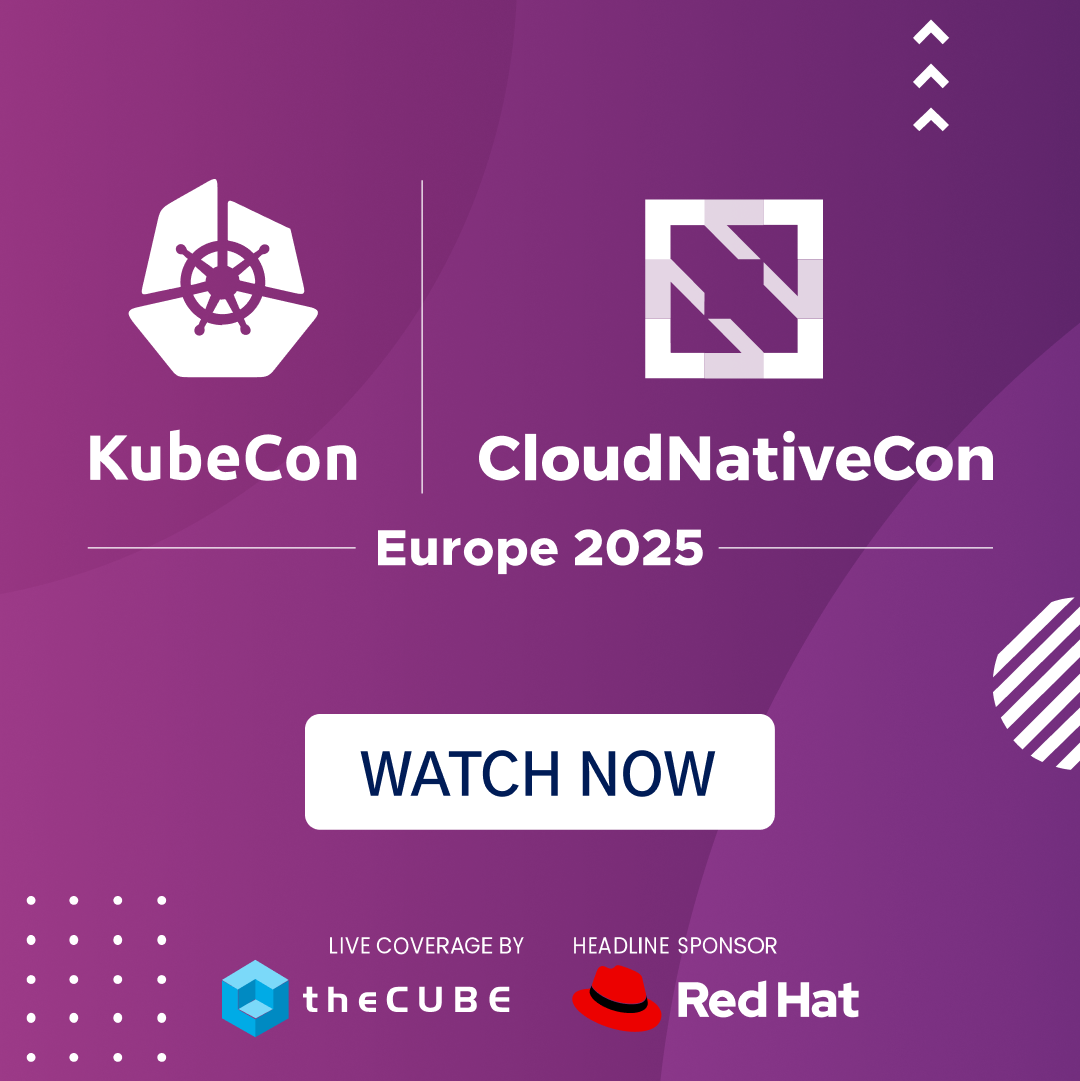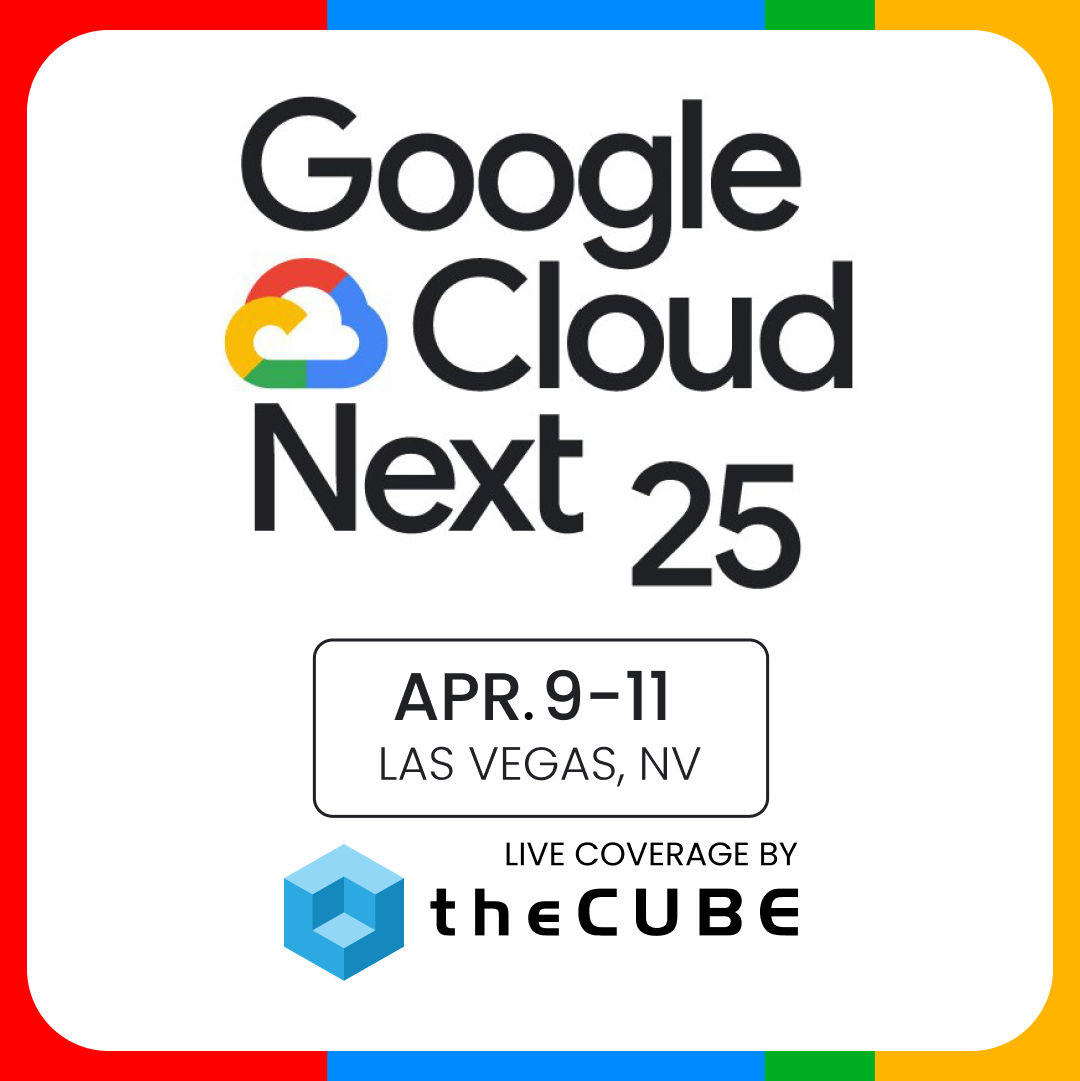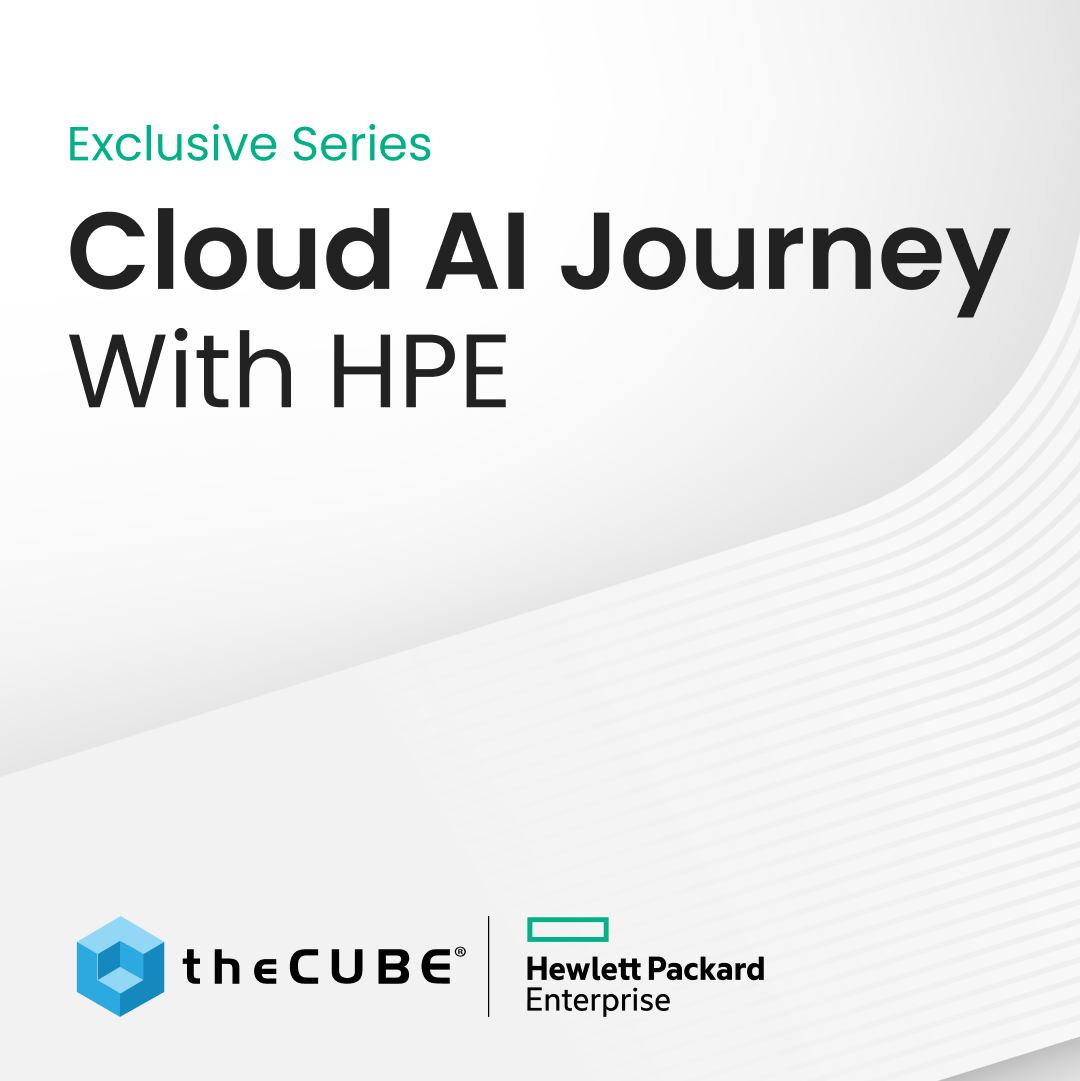Simon Mainwaring Talks We First & the Future of Capitalism Through the Lens of Social Tech
![]() Simon Mainwaring is founder of We First, a social branding consulting firm that helps companies use social media to build communities, profits and positive social impact. Simon is also the author of the book by the same name. Read my interview with Simon below, and make sure to follow him on Twitter @SimonMainwaring and find out more about the book at www.wefirstbook.com.
Simon Mainwaring is founder of We First, a social branding consulting firm that helps companies use social media to build communities, profits and positive social impact. Simon is also the author of the book by the same name. Read my interview with Simon below, and make sure to follow him on Twitter @SimonMainwaring and find out more about the book at www.wefirstbook.com.
What led you to write “We First?”
I wrote “We First” for both personal and professional reasons. I was fortunate enough to have a long advertising career but still felt unfulfilled. I didn’t feel like there was an alignment between who I am as a person and what I did on a daily basis. With that in mind, I read the transcript for Bill Gates’ Creative Capitalism speech he gave at the World Economic Forum in which he said that government and philanthropy can’t fix the world on their own, they need the private sector to get involved. I saw this as an opportunity for me to find more fulfillment by becoming more purposefully engaged and also to use my skill sets to make a contribution. That was the genesis of writing the book.
What makes this book unique and why do people need to read it?
The book is unique for a couple of reasons. It does an effective job of consolidating a lot of different discussions going on right now, whether they’re about the future of capitalism, philosophical debates about self-interest, globalization, emerging technologies, the future of the developing world, and the impact of social technology. Specifically, the book is unique because it looks at an issue that many people have discussed: the future of capitalism through the lens of social technology. Mass adoption of social media has only occurred in the last three or four years, so what makes the book unique is that it looks at these questions through the lens of this new technology and provides three fundamental new solutions. First is a new partnership between brands and consumers connected by social technology and aligned around shared values that creates a third pillar of social change in addition to government and philanthropy. The second is the concept of contributory consumption, which builds on precursors like ‘1% for the Planet’ but extends to include not only retail, credit card, online, and mobile transactions, but also virtual goods when applying the concept of contributing a small portion of the sale of every good or service to a cause. Thirdly, the book proposes the formation of the Global Brand Initiative, which is a federation of brands that would combine their efforts and expertise to bring the best of the private sector into the social change space. So the book is unique because it lays out these three concepts.
It seems like people tend to come together in the  midst of trials. What does that mean in a socially connected world?
midst of trials. What does that mean in a socially connected world?
Perhaps the most powerful impact of social media is its ability to connect people around what they care about. In times of trials, there are many pressing issues that motivate people to hope and work for change. In the last few years this has included everything from addressing persistent crises like hunger, disease and child mortality, through to unforeseen emergencies like the earthquake in Haiti, through to challenges the developing world faces such as the persistent recession after the global economic meltdown. Whatever the issue, social media allows people to connect around these shared concerns and to take action together, which is the most effective way to scale our response to these crises.
What do you think about companies generating awareness for causes they support by adding a dollar value donation to social media actions?
This is a critical, new dynamic that needs to be embraced by the private sector if we are going to meet the challenges we face with equal force. Now, realistically, you’ll never get the entire private sector to commit, but if we only see a five-to-ten percent shift in engagement by large corporations, and if they only donate a fraction on the dollar towards causes that are in alignment with their core values, we can systemically scale the contributions that are raised towards addressing pressing social issues. As such, the private sector and its untapped potential represent an enormous opportunity to create a third pillar of change in addition to government and philanthropy.
What are some of the main things that brands can do today to enhance the overall customer experience using social media?
Oddly enough, the most unnecessary mistake a brand can make is to see social media as an end in itself. This technology is just another platform that allows people to connect emotionally. By doing so, brands can build loyal customers that generate word-of-mouth advertising that ultimately impacts their bottom line. With that in mind, the most effective thing a brand can do is define what it stands for, articulate its core values and act on the basis of those values and then communicate such efforts consistently.
Some technologies are truly disruptive. What are some of the emerging trends we see today that you think will disrupt markets and our thinking?
I believe that in the space of a few short years, we’ll find it hard to imagine a time when customers didn’t have multiple platforms and channels through which to talk about brands with their friends and community. It will seem almost absurd to people that citizens and consumers were largely told what to think, do or buy using print, television or radio alone, and there was really no channel for them to have a dialogue with those institutions. So I think this is perhaps the most important, disruptive element in social media in that it has shifted the dynamic between institutions, whether it’s the government or corporation, from a broadcast/ monologue approach to a dialogue between customers and brands, or citizens and institutions. This has enormous implications for leadership, organizational structure, customer service and, obviously, advertising. As such, social media will transform the business marketplace as radically as the digital revolution did in the early ‘90’s.
Live streaming video has been around for some time but it’s still not widely used. Do you think we’ll eventually find ourselves in a world where everybody streams their life in real-time?
I don’t see the live-streaming of our lives as the most obvious or natural consequence of the new connections between people brought about through social media. My sense of it is that social media facilitates the building of communities around what people care about, so it’s a shared or ‘we’ experience, rather than simply being another tool to demonstrate a ‘me’ mentality, which is obviously what informs live-streaming your life to others at all times. In a sense, what people are looking for is human connection, meaning and hope for the future rather than simply a media outlet through which to promote themselves to others. Naturally, there will be exceptions to that rule, but by and large, my sense is that live-streaming video will just be another way of distributing content that has to be meaningful and impactful to people for people to watch it.
Anything that goes up online eventually comes to light. If somebody were to look at a feed of content about your life 50 years from now, what kind of story do you hope the feed will tell?
My hope would be that the story shows an alignment between who I am as a person and what I did in my daily life and career, and that my efforts would combine with others to help shift the conversation in the private sector towards more consistent, purposeful engagement that improves the lives of others.
What’s the process of writing a book like? Any advice for first-time authors?
Writing a book was something I had no understanding of when I went into it, and only on the other side of it did I realize how little I knew. Someone said to me recently that writing a book is not about the finished book in your hand, but what you learn about yourself along the way. I can tell you now that is absolutely true. It tests your finances, it tests your energy, it tests your intellect, and, like any large commitment, it forces you to grow. If I was to give any advice to a first time author, it would be that, like any brand, we need to recognize that we must now all be community architects. Even if you’re writing a book, you need to consider all the different channels that you can use to build a community that will eventually be the marketplace for your book. This involves blogging, tweeting, using Facebook, creating content on YouTube, and basically bringing to life the intellectual property of your book through different channels in a way that will stimulate people’s interest, engage their feedback, and create a sizable marketplace for the launch of your book.
[Cross-posted at Social Nerdia]
A message from John Furrier, co-founder of SiliconANGLE:
Your vote of support is important to us and it helps us keep the content FREE.
One click below supports our mission to provide free, deep, and relevant content.
Join our community on YouTube
Join the community that includes more than 15,000 #CubeAlumni experts, including Amazon.com CEO Andy Jassy, Dell Technologies founder and CEO Michael Dell, Intel CEO Pat Gelsinger, and many more luminaries and experts.
THANK YOU













